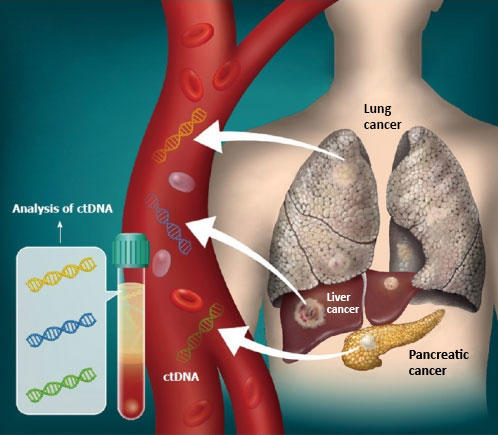Irvine, Calif., Feb. 13, 2025 — Among the roughly 10 billion white dwarf stars in the Milky Way galaxy, a greater number than previously expected could provide a stellar environment hospitable to life-supporting exoplanets, according to astronomers at the University of California, Irvine.
In a paper published recently in The Astrophysical Journal , a research team led by Aomawa Shields , UC Irvine associate professor of physics and astronomy, share the results of a study comparing the climates of exoplanets at two different stars. One is a hypothetical white dwarf that's passed through much of its life cycle and is on a slow path to stellar death. The other subject is Kepler-62, a "main sequence" star at a similar phase in its evolution as our sun.
Using a 3D global climate computer model normally employed to study Earth's environment, the astronomers found that the white dwarf exoplanet was much warmer than the Kepler-62 exoplanet despite analogous stellar energy distribution.
"While white dwarf stars may still give off some heat from residual nuclear activity in their outer layers, they no longer exhibit nuclear fusion at their cores. For this reason, not much consideration has been given to these stars' ability to host habitable exoplanets," Shields said. "Our computer simulations suggest that if rocky planets exist in their orbits, these planets could have more habitable real estate on their surfaces than previously thought."
She said a key difference in the star/planet systems her team studied – a variation responsible for a planetary climate being habitable or not – was the rotational characteristics of the planets.
The white dwarf star's habitable zone – the region in which an exoplanet could host life-supporting liquid water, among other traits – is much closer to the star compared to that of other stars such as Kepler-62. Shields stressed that this results in a much faster rotation period – 10 hours – for the white dwarf exoplanet, while Kepler-62's exoplanet has a 155-day rotation period.
While both planets would likely be locked into a synchronous orbit – with a permanent dayside and a perpetual nightside – the ultrafast white dwarf planet's rotation stretches out the cloud circulation around the planet. The much slower, 155-day orbital period of the Kepler-62 planet contributes to a large, dayside, liquid water cloud mass.
"We expect synchronous rotation of an exoplanet in the habitable zone of a normal star like Kepler-62 to create more cloud cover on the planet's dayside, reflecting incoming radiation away from the planet's surface," Shields said. "That's usually a good thing for planets orbiting close to the inner edge of their stars' habitable zones, where they could stand to cool off a bit rather than lose their oceans to space in a runaway greenhouse. But for a planet orbiting squarely in the middle of the habitable zone, it's not such a good idea."
She continued: "The planet orbiting Kepler-62 has so much cloud cover that it cools off too much, sacrificing precious habitable surface area in the process. On the other hand, the planet orbiting the white dwarf is rotating so fast that it never has time to build up nearly as much cloud cover on its dayside, so it retains more heat, and that works in its favor."
Fewer dayside liquid clouds and a stronger greenhouse effect on the nightside create warmer conditions on the white dwarf planet relative to the Kepler-62 planet.
"These results suggest that the white dwarf stellar environment, once thought of as inhospitable to life, may present new avenues for exoplanet and astrobiology researchers to pursue," Shields said. "As powerful observational capabilities to assess exoplanet atmospheres and astrobiology have come on line, such as those associated with the James Webb Space Telescope, we could be entering a new phase in which we're studying an entirely new class of worlds around previously unconsidered stars."
Her collaborators on this project, which received funding from the National Science Foundation and the National Center for Atmospheric Research, were Eric Wolf of the University of Colorado Boulder; Eric Agol of the University of Washington; and Pier-Emmanuel Tremblay of the University of Warwick in the United Kingdom.
About the University of California, Irvine: Founded in 1965, UC Irvine is a member of the prestigious Association of American Universities and is ranked among the nation's top 10 public universities by U.S. News & World Report. The campus has produced five Nobel laureates and is known for its academic achievement, premier research, innovation and anteater mascot. Led by Chancellor Howard Gillman, UC Irvine has more than 36,000 students and offers 224 degree programs. It's located in one of the world's safest and most economically vibrant communities and is Orange County's second-largest employer, contributing $7 billion annually to the local economy and $8 billion statewide. For more on UC Irvine, visit www.uci.edu .
Media access: Radio programs/stations may, for a fee, use an on-campus studio with a Comrex IP audio codec to interview UC Irvine faculty and experts, subject to availability and university approval. For more UC Irvine news, visit news.uci.edu . Additional resources for journalists may be found at https://news.uci.edu/media-resources .






